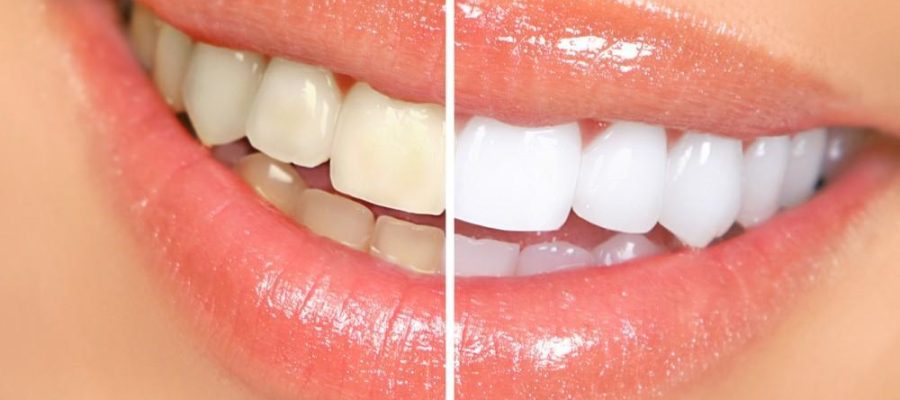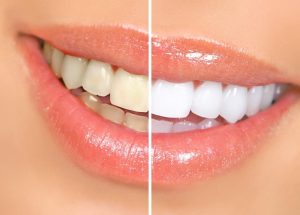
Teeth whitening has become increasingly popular as individuals seek a brighter, more confident smile. With a myriad of options available, it can be challenging to determine the best approach for achieving desired results. This article explores the differences between professional teeth whitening treatments and at-home kits, helping you make an informed decision.
Professional Teeth Whitening Treatments
1. In-Office Whitening Procedures
Professional teeth whitening, typically performed in a dentist’s office, utilizes stronger bleaching agents than over-the-counter products. This method offers immediate results, often lightening teeth by several shades in a single session. Common techniques include:
- Zoom Whitening: This popular method employs a special light to activate the bleaching gel, accelerating the whitening process. Results can be seen in about an hour, making it a great option for those seeking quick results before an event.
- Laser Whitening: Similar to Zoom, this technique uses lasers to enhance the effectiveness of the whitening gel. It can provide significant shade improvement in just one visit.
2. Custom Take-Home Kits
Some dentists provide customized take-home whitening kits that include trays tailored to fit your teeth. These kits contain professional-grade whitening gel, allowing for gradual results over several applications. Custom trays help ensure even distribution of the gel, reducing the risk of gum irritation.
Advantages of Professional Treatments:
- Supervised Results: A dental professional monitors the process, ensuring safety and efficacy.
- Faster Results: Many professional treatments offer immediate or near-immediate results.
- Customization: Dentists can tailor treatments based on individual needs and concerns.
At-Home Teeth Whitening Kits
1. Over-the-Counter Whitening Strips
Whitening strips are one of the most popular at-home options. They are coated with a peroxide-based gel and are applied directly to the teeth. Results can typically be seen within a few days, but full effects may take up to two weeks.
2. Whitening Toothpaste
Whitening toothpaste contains mild abrasives and polishing agents to help remove surface stains. While they can help maintain a brighter smile, they are less effective for deep-set stains and typically do not significantly change tooth color.
3. DIY Whitening Methods
Some individuals turn to natural remedies, such as baking soda or activated charcoal, for teeth whitening. While these methods may help remove surface stains, they may not provide significant results and can sometimes cause enamel erosion if used excessively.
Advantages of At-Home Kits:
- Cost-Effective: Generally, at-home kits are less expensive than professional treatments.
- Convenience: Many people appreciate the flexibility of whitening at home on their schedule.
- Lower Commitment: If you’re unsure about whitening, at-home options allow for less commitment without the need for a dental appointment.
Which Option is Right for You?
Choosing between professional treatments and at-home kits ultimately depends on your personal needs, budget, and dental health. If you seek immediate and significant results, professional treatments may be the way to go. However, if you prefer a more gradual approach and cost-effective solution, at-home kits can still yield satisfactory results.
Final Thoughts
Whitening your teeth can enhance your smile and boost your confidence. Whether you choose to invest in professional treatments or opt for at-home kits, it’s essential to consult with your dentist before starting any whitening regimen. They can help assess your dental health, recommend the best approach, and guide you in achieving a brighter smile safely and effectively.

